Near East
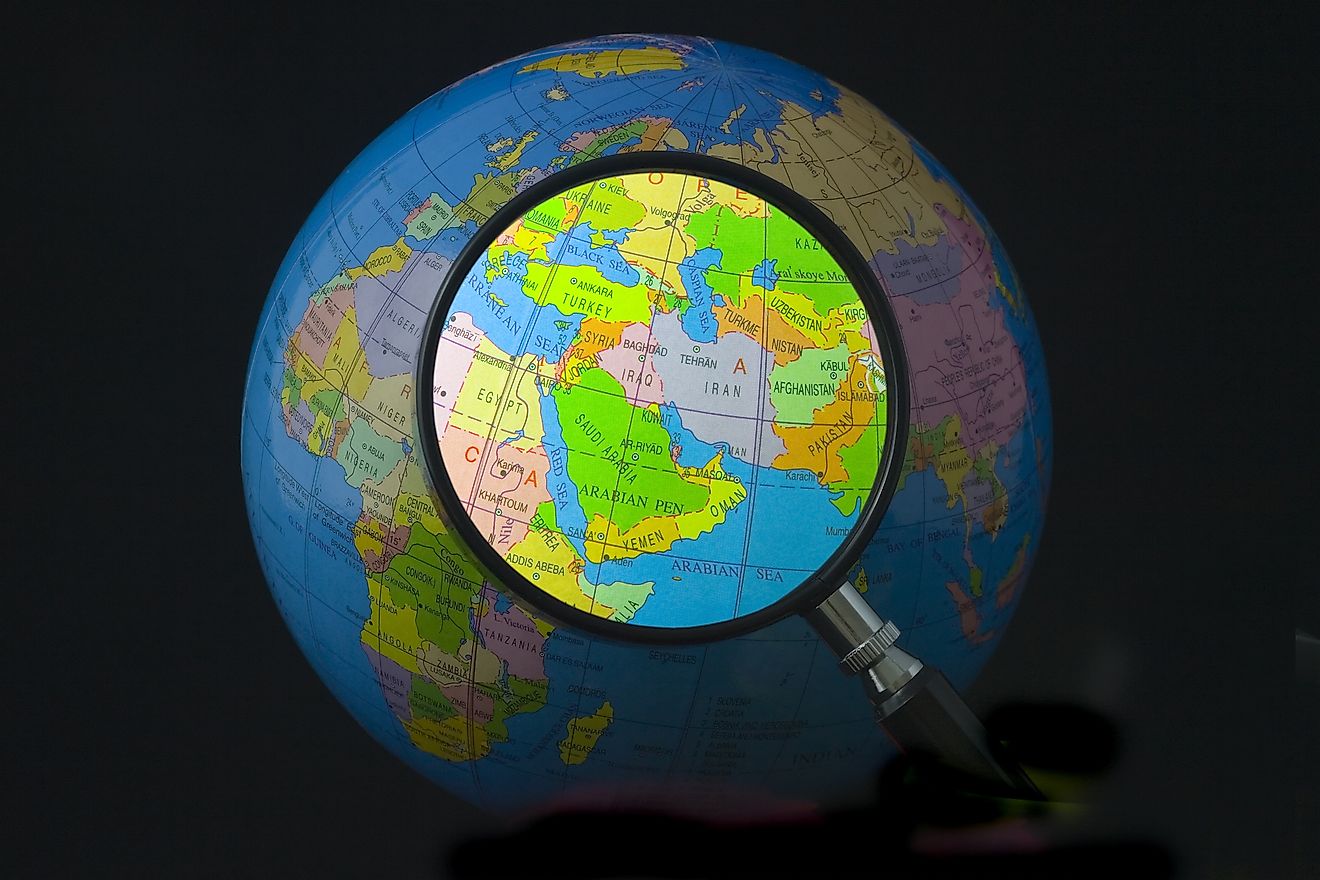
- Today, the terms "Near East" and "Middle East" are interchangeable, with the latter more common than the former.
- Islam is the most prevalent religion in the Near East.
- Arabic is the most prevalent language in the Near East.
- The terms "Near East" and "Middle East" are both Eurocentric terms that Westerners used to divide what they referred to as the "Orient" in the 19th century.
What constitutes the Near East has evolved over time. In the 19th century, the terms “Near East” and “Middle East” meant two different things. Both terms were used by Westerners to divide the so-called Orient. The Near East denoted the territory of the Ottoman Empire and Europe’s Balkan Peninsula, while the Middle East referred to the territory between the Persian Gulf and Southeast Asia. In the 20th century, however, the term “Near East” fell out of favor, and was largely replaced by the term “Middle East”, which came to refer to the combined territory of what was considered the Near East and Middle East in the 19th century. Today, the terms “Near East” and “Middle East” are interchangeable in the English language.
Geography Of The Near East
There is no uniform way to geographically define what constitutes the Near East. Some believe that the Near East constitutes the countries of Western Asia, including Turkey, the Fertile Crescent (modern day Iraq, Syria, Lebanon, Jordan, Israel, the West Bank and Gaza Strip), the Arabian Peninsula, and Iran. Others consider Egypt to be part of the Near East as well. Afghanistan is also be considered by some to be part of the Near East. The maximalist definition of the Near East includes all the predominantly Arab countries of North Africa, as well as Turkey, the Fertile Crescent, the Arabian Peninsula, Iran, and Afghanistan.
The Peoples Of The Near East

The Near East is home to many different peoples, cultures, and religions. The most prevalent ethno-linguistic group in the region are the Arabs. Originally confined to the Arabian Peninsula, the Arabs followed the Muslim conquests of the Fertile Crescent and North Africa. As a result, Arabs constitute the majority in most of the countries in the Near East, except Turkey, Israel, Iran, and Afghanistan. By no means, however, are the Arabs a homogenous group. Indeed, the Arabic language boasts numerous dialects, which are often mutually unintelligible. Moreover, the customs and traditions of Arabs throughout the Near East can be influenced by other cultures, depending on the country.
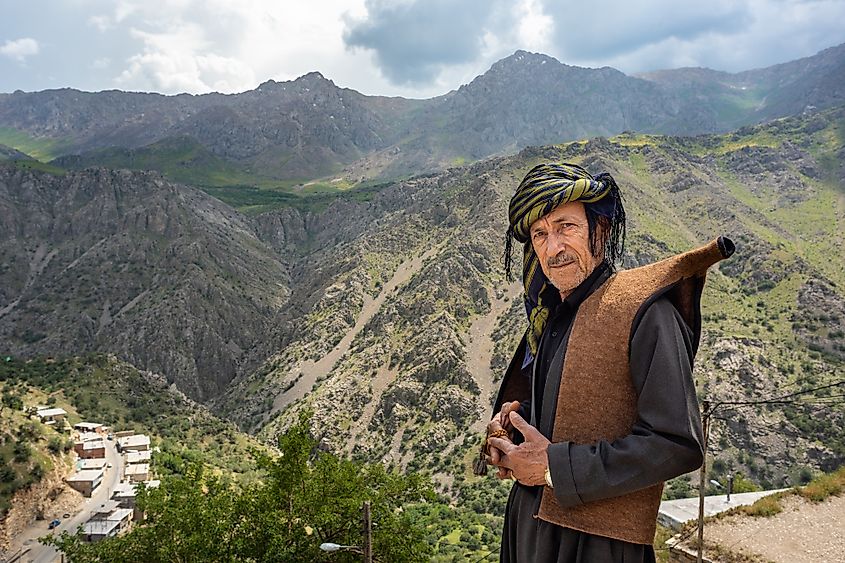
Other ethnic groups are common to certain areas of the Near East. The Kurds, for example, are found in what is known as the region of Kurdistan, which consists of territory in Iran, Iraq, Turkey, and Syria. The Berbers are the original inhabitants of much of North Africa, and still live in large numbers in the Arab states of Morocco, Algeria, Tunisia, and Libya. Many people in North Africa are of mixed Arab and Berber heritage.
Prior to the establishment of the Jewish State of Israel, large Jewish communities existed in much of the Near East. But when the State of Israel was created in 1948, many Arabs grew hostile to their Jewish neighbors. In some cases, Jews were violently assaulted and even killed. As a result, many Jews residing in predominantly Muslim countries fled. Today, most of the once vibrant Jewish communities in the Muslim countries of the Near East are either extinct or on the brink of extinction. For example, whereas Iraq had a Jewish population of 135,000 in 1948, it had less than 10 Jews as of 2018.
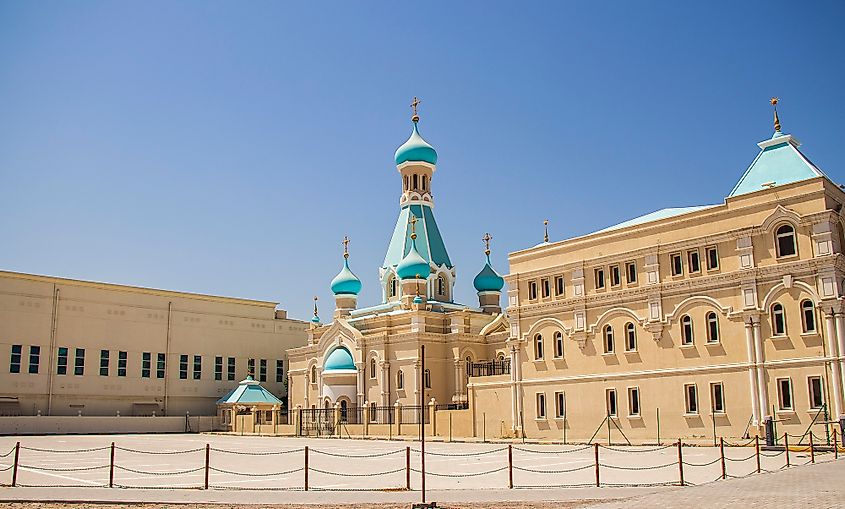
Jews are not the only minority group in the Near East under threat. Christians, for example, once made up 20% of the population in the Near East. Today, however, they make up just 4%, whereas Muslims make up the majority of the population in every country in the Near East, except for Israel. The number of Christians in the Near East has declined rapidly in the last half century or so mainly because of persecution at the hands of the Muslim majority populations. This persecution has come largely as a result of the rise of Islamic fundamentalism, which often promotes hatred of non-Muslim communities.
A Brief History Of The Near East
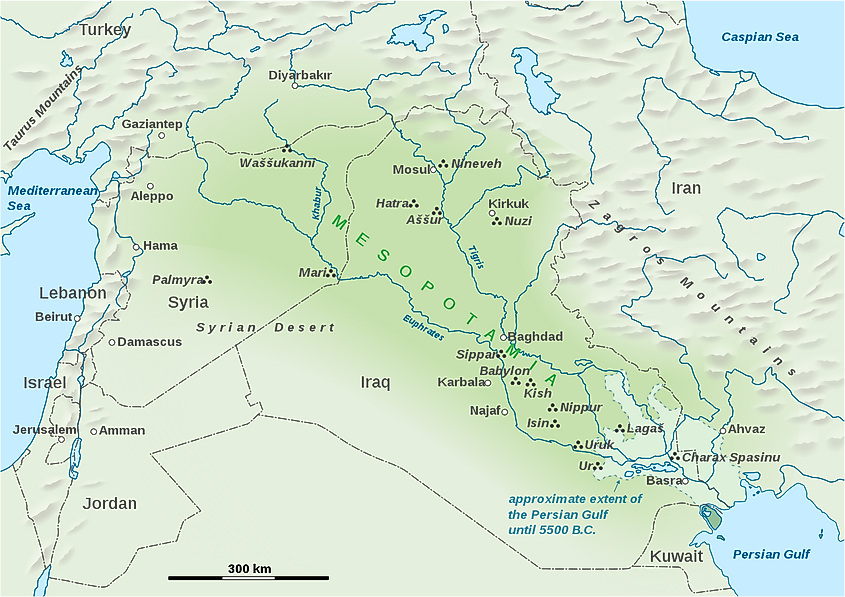
In many respects, history began in the Near East. For instance, it was in Mesopotamia (modern-day Iraq) where writing was invented. Some even believe that the Biblical Garden of Eden, where Adam and Eve once lived, was located in what is now Iraq. The Near East also saw the birth of the world’s first empire, the Akkadian Empire, thought to have existed in the years 2334 to 2154 BCE. Several ancient empires ruled much of what is now the Near East, including those of Assyria, Babylonia, Egypt, Persia, Macedonia, and Rome.
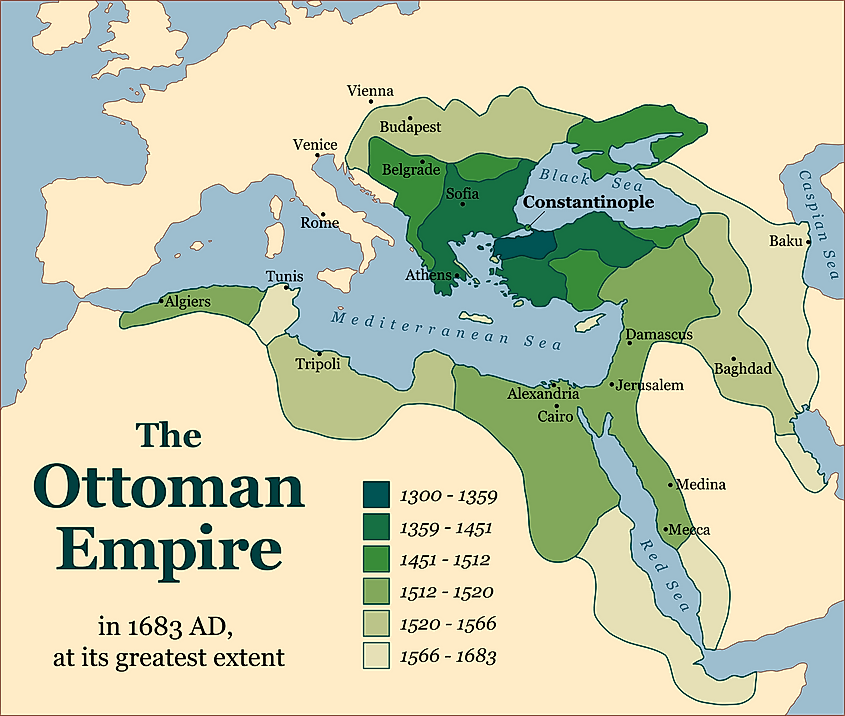
The era of Muslim domination in the Near East began in the 7th century, when followers of the Prophet Mohammed, the founder of the Islamic faith, conquered the Arabian Peninsula, then overran the territory of the Fertile Crescent, North Africa, Iran, and Central Asia. The Near East was largely ruled by several Islamic empires for many centuries. The last of these empires was the Ottoman Empire, which first appeared in the 14th century. The Ottoman Turks would go on to conquer nearly the entire Near East. But eventually the Ottoman Empire would fall into decline, pushed out of their territories mainly by European powers. By the time World War I had ended, the Ottoman Empire collapsed, and the European powers became the masters of most of the Near East.
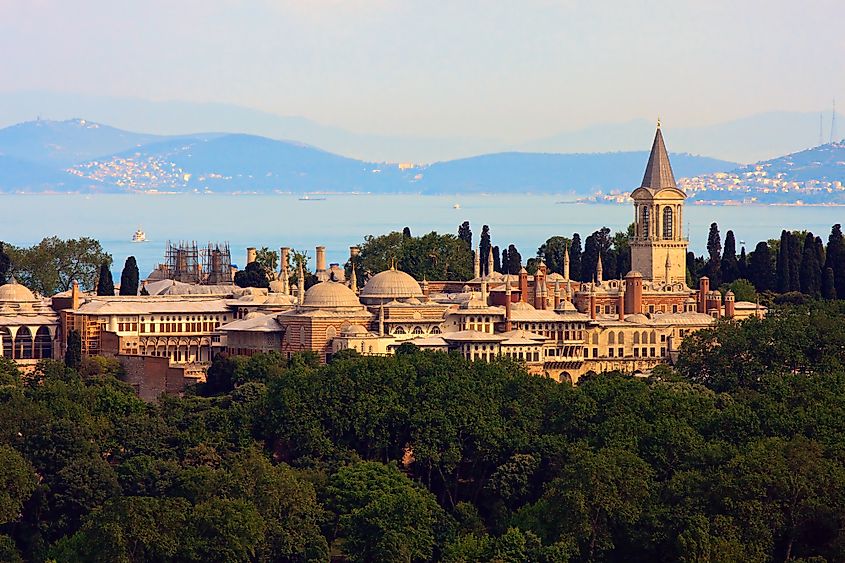
The Europeans set upon dividing the territory of the former Ottoman Empire among themselves, drawing borders without regard for the native inhabitants’ national aspirations. These artificial borders have become a source of conflict in the region that has lasted to this day. Decolonization began in the period between the two world wars. By the 1970s, the Europeans had left all their colonies in the Near East.
The latter part of the 20th century and the first two decades of the new millennium in the Near East would largely be defined by numerous conflicts, including all-out wars. One of the most pressing conflicts has been that between Israel and the Arab states, which largely centers on the plight of the Palestinian Arabs, who lost their homes during Israel’s War of Independence in 1948, and again in the 1967 Arab-Israeli war. Other ongoing conflicts in the Near East include hostilities between the two main Muslim sects, the Sunnis and the Shiites, and violence involving armed Islamic fundamentalist groups, such as Al-Qaeda and the Islamic State.

There have, however, been positive developments in the region as well. The oil wealth of the Arabia Peninsula, for example, has enabled most of the countries therein to achieve economic prosperity. There have also been positive moves towards peace in the region, including peace agreements between Israel and some of its formerly hostile Arab neighbors. Nevertheless, the region still faces many threats and challenges.











